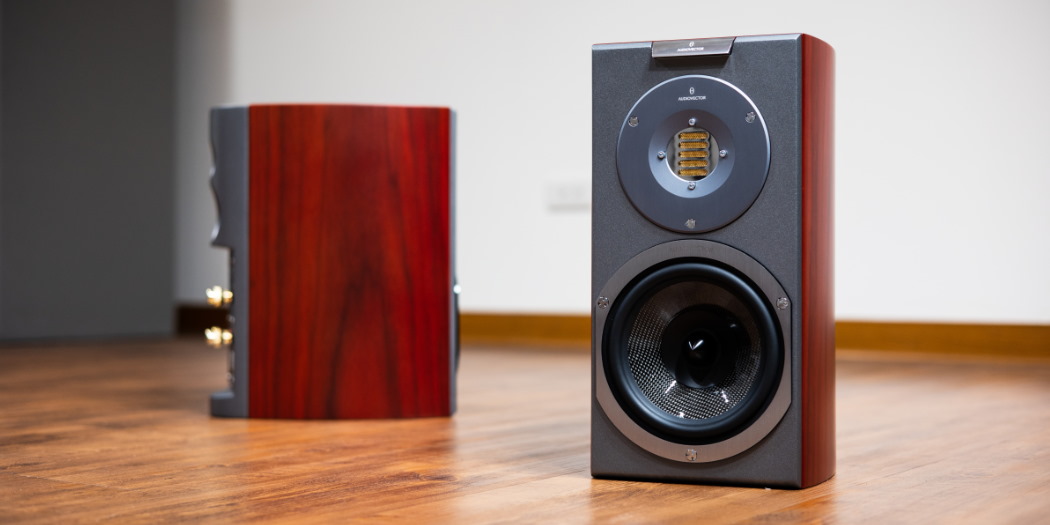
One Speaker, Two Souls: Which Audiovector R 1 is Right for You?
From its heart in Copenhagen, Audiovector has been a paragon of Danish loudspeaker design and in-house manufacturing since its founding in 1979. The company’s visionary founder, Ole Klifoth, remains the guiding spirit of the brand, which is now a proudly family-owned and operated enterprise with his son, Mads Klifoth, as CEO. This lineage ensures an uncompromising command of product design and build quality, a rarity in today's globalized market.
Taking center stage for this review is a model from their esteemed reference-tier R Series: the R 1 bookshelf loudspeaker. True to Audiovector's unique philosophy, the R 1 is not a single, static offering. Instead, it is presented in three distinct levels of performance: Signature, Avantgarde, and the top-of-the-line Arreté. To fully illuminate the evolution within the series, our distributor has graciously supplied not only the flagship Arreté but also the Signature version, providing a fascinating opportunity for a direct comparison.
A glance at the specifications reveals that the crucial distinction between the three R 1 variants lies in the tweeter. The Signature employs the R Evotech soft dome, the Avantgarde steps up to an R AMT (Air Motion Transformer), and the Arreté features the pinnacle of Audiovector’s engineering, the R Arreté AMT. While the bass/midrange driver remains consistent across the trio, the crossover network in each model is meticulously tailored to its specific high-frequency unit. This optimization gives the R 1 Arreté the most expansive frequency response, an astonishing 38 Hz to 53 kHz. For a stand-mount loudspeaker of this size, such a range is a genuine feat of engineering, and the sublime performance of the AMT in the upper treble and super-tweeter octaves is simply beyond what conventional dome tweeters can achieve.
Beyond its superior tweeter, the flagship Arreté model incorporates several exclusive, performance-enhancing technologies. Its carbon fiber terminal plate hosts an additional binding post labeled "Freedom," which connects to Audiovector's proprietary grounding system. This revolutionary circuit uses a dedicated, secondary crossover to drain unwanted inter-driver distortion, resulting in a sound of immaculate purity and precision.
The Arreté’s cabinet is further fortified with Nanopore damping and other specialized absorption materials, strategically placed to vanquish any vestige of cabinet resonance. Finally, all key components within the Arreté undergo a deep cryogenic treatment (Natural Crystal Structure, or NCS) at -238°C (-396°F). This process perfects the molecular structure of the materials, yielding superior conductivity and physical properties for an utterly transparent and natural sonic presentation.
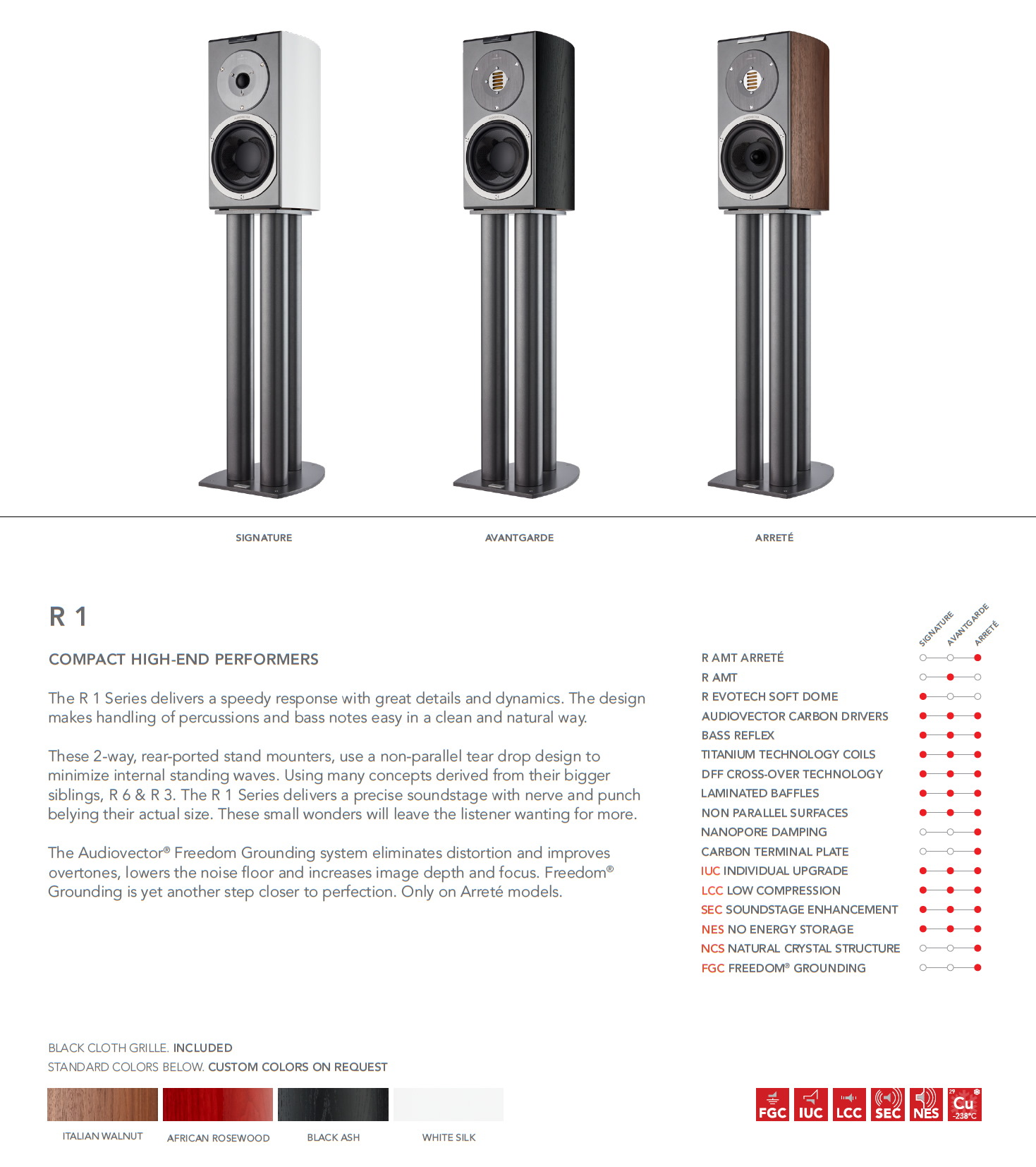
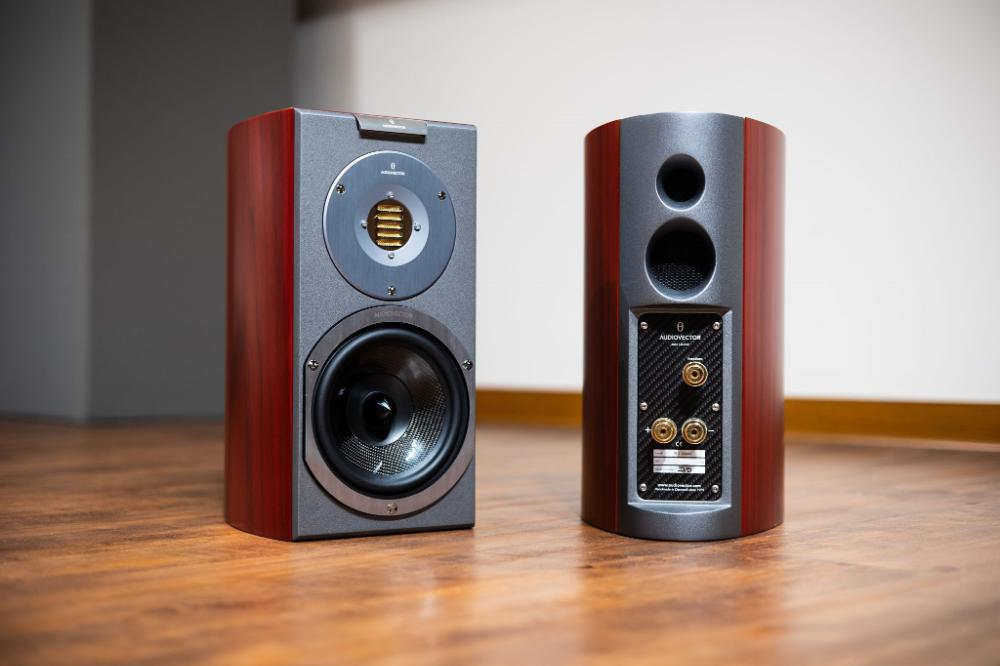
 |  |
The R Arreté AMT tweeter, exclusive to the Arreté model, represents the apex of Audiovector's high-frequency engineering. It effortlessly extends into the ultrasonic realm of 53 kHz and features a built-in “Integrator Acoustic Lens.” This sophisticated acoustic filter, placed directly in front of the AMT diaphragm, ensures exceptionally broad and even sonic dispersion while also optimizing the impulse response. The result is a faster, more incisive sound that integrates with breathtaking coherence and seamlessness with the driver below.
Handling the midrange and bass frequencies is a driver common to all three R 1 variants: a formidable 6.5-inch unit developed entirely in-house. Its diaphragm is a sophisticated composite sandwich, meticulously constructed from cross-woven carbon fiber and a synthetic wood-resin material. This combination creates a cone that is immensely stiff, light, and perfectly self-damped. At its heart is a titanium voice-coil former, chosen for its extreme rigidity and lack of magnetic interference, which contributes significantly to the driver's remarkable speed and dynamic accuracy.
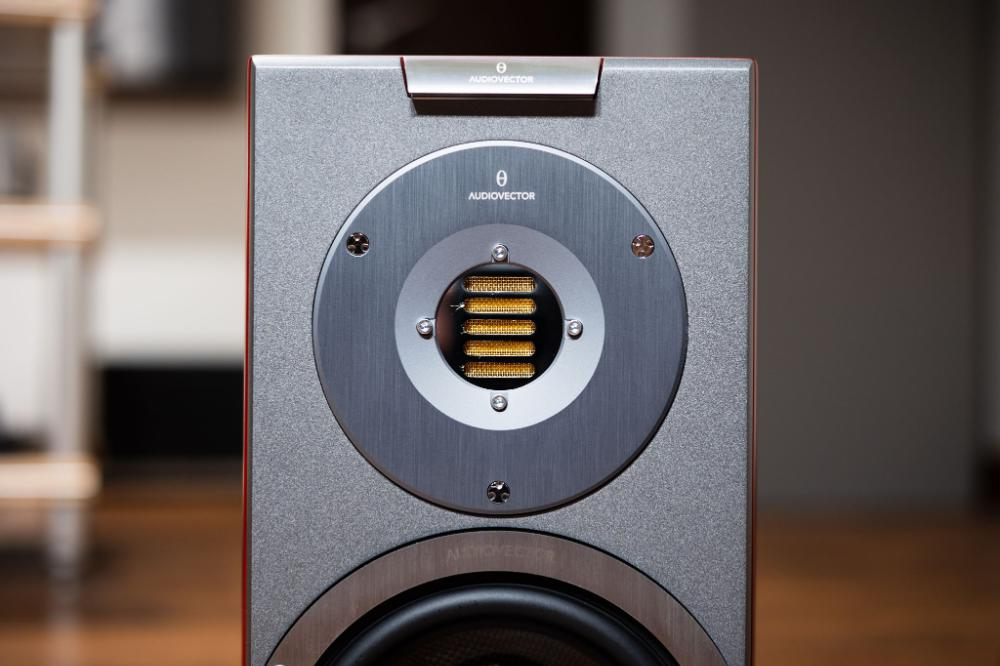 | 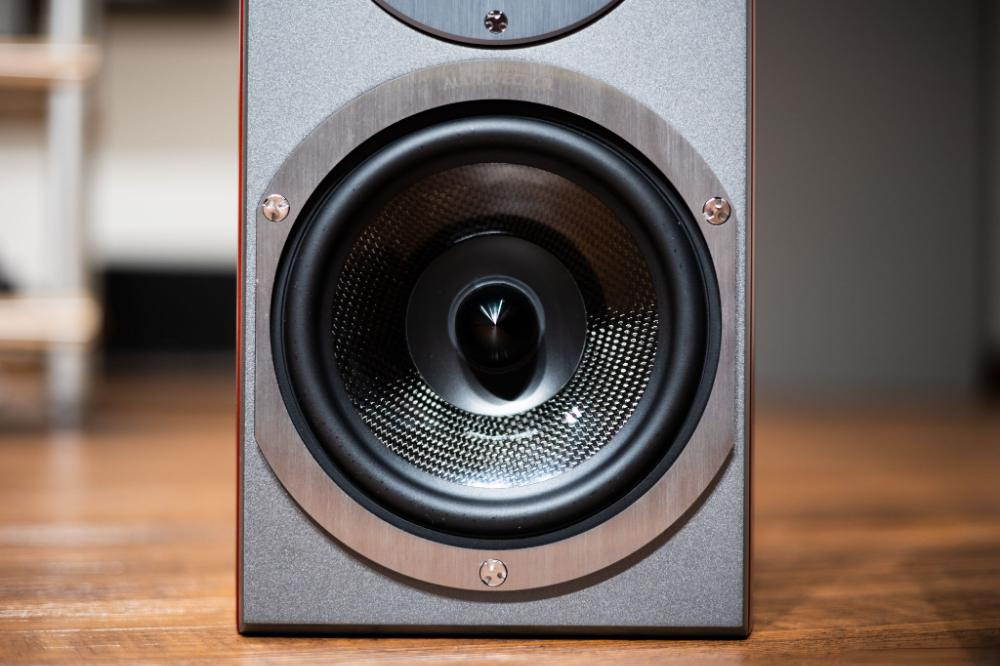 |
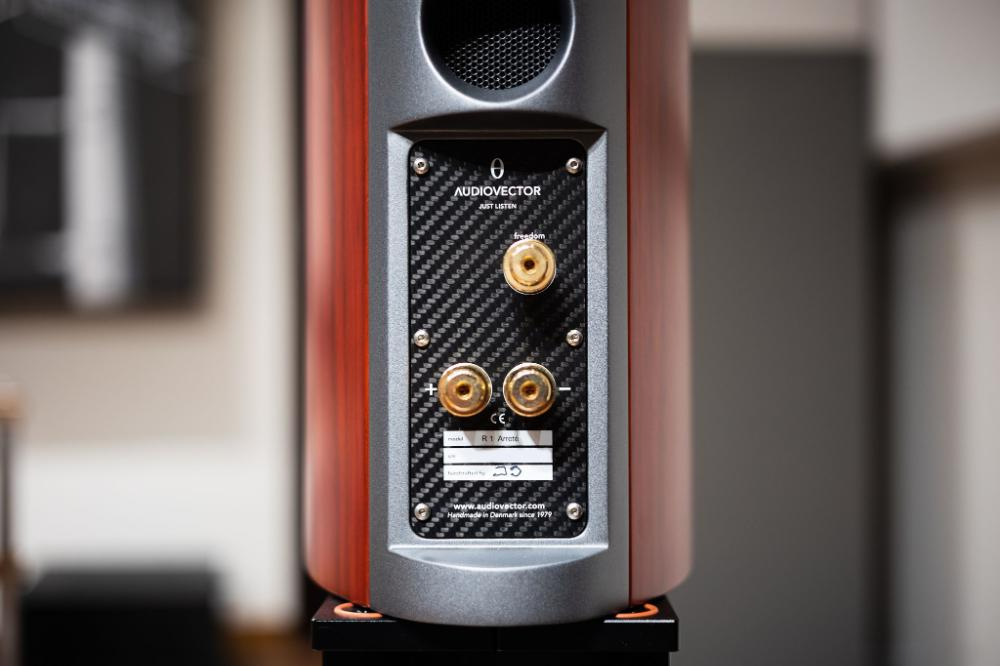
To fully engage this proprietary technology, Audiovector offers an optional, dedicated grounding cable. This cable connects via spade or banana plugs to the "Freedom" terminal on both the left and right speakers, and consolidates into a single, specialized mains plug at the other end.
According to the manufacturer's data, adding this ground connection can reduce distortion by as much as 3dB (a reduction of approximately 50%) while simultaneously lowering the overall noise floor to an absolute minimum. It is critical to understand that this is not a power cord: the mains plug is wired exclusively to the ground/earth pin. The live (hot) and neutral conductors are entirely omitted, as the cable's sole purpose is to use your home's earth connection as a clean, ultimate sink for system-generated noise.
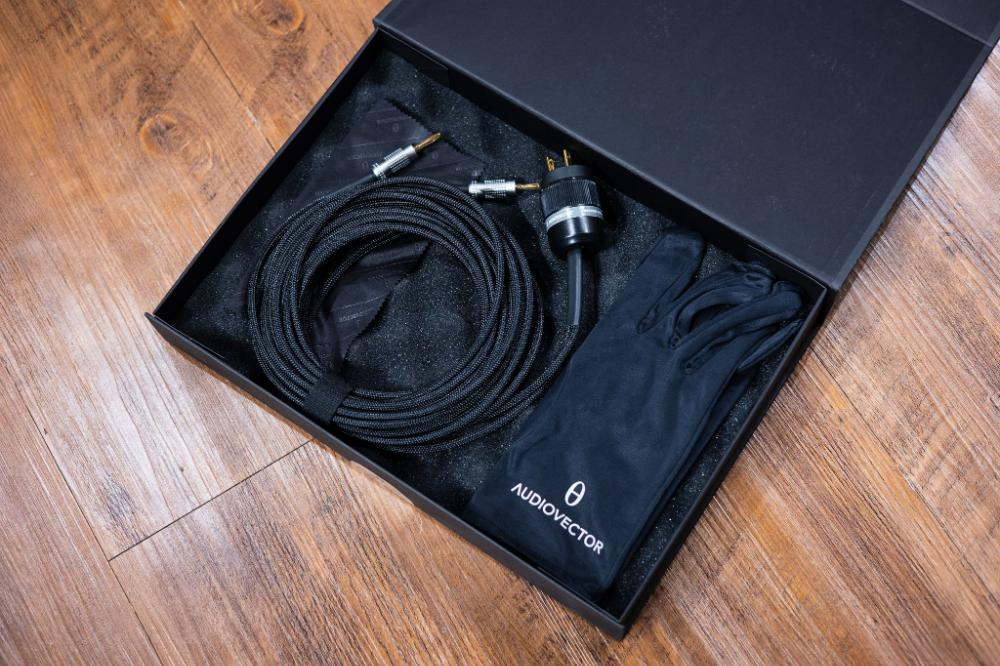
Within the Danish manufacturer’s premier R-Series, the R 1 holds the unique position as the sole bookshelf (or stand-mount) loudspeaker. However, the R 1 is not a single model, but rather a platform that exists in three distinct iterations: the R 1 Arreté, R 1 Avantgarde, and R 1 Signature.
While the three variants are visually almost identical, their internal technologies, materials, and ultimate performance differ significantly. Audiovector champions transparency in this regard, providing detailed documentation that clearly compares the specifications of each version. This allows customers to precisely identify the level of performance that meets their aspirations. The concept is best understood through an automotive analogy: a single model of a high-performance car might be offered with different engine, suspension, and interior packages. The chassis is the same, but the driving experience—and the corresponding price—is defined by the chosen trim level.
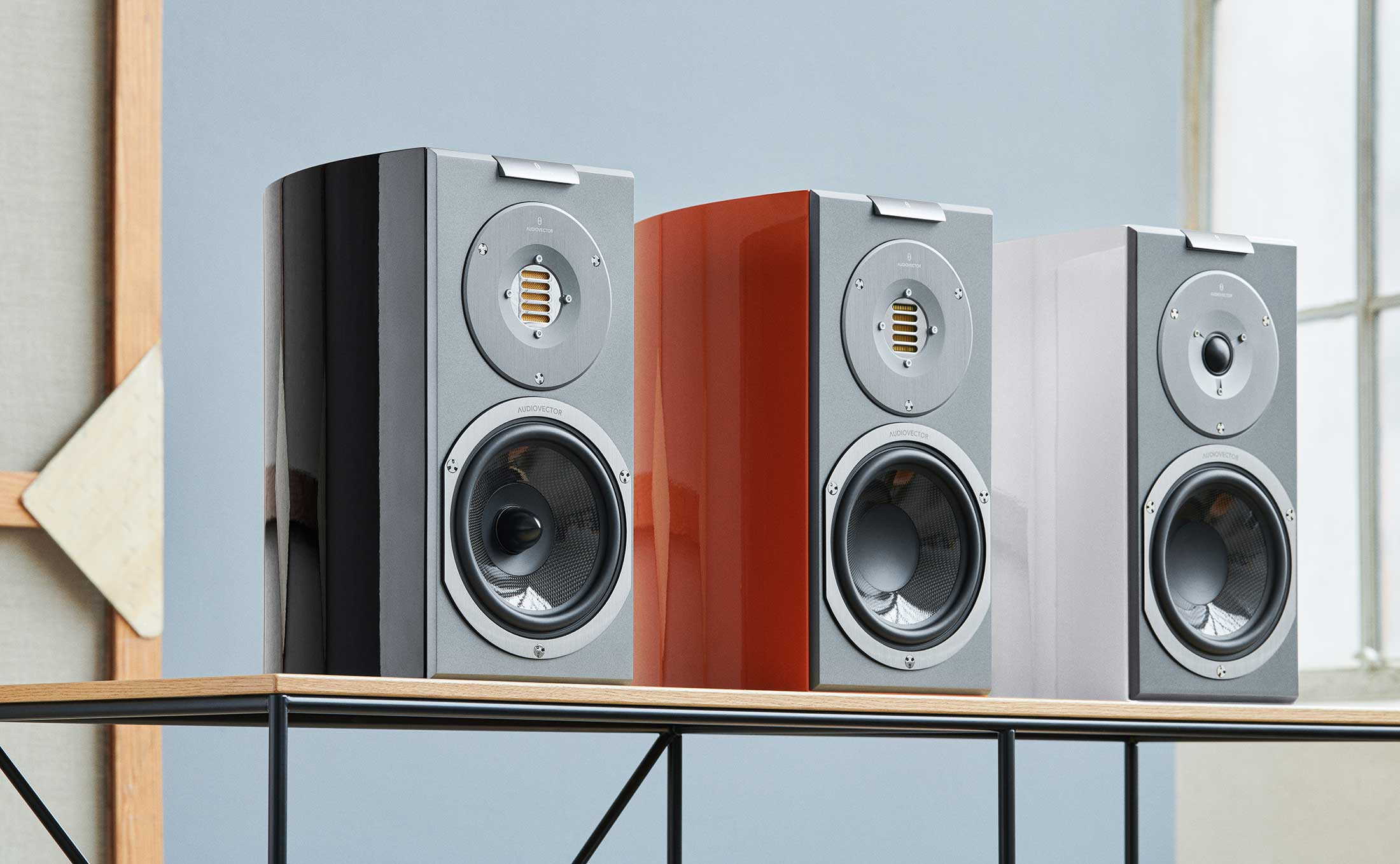
Among these three models, the R 1 Arreté stands as the ultimate configuration, incorporating not only the shared core technologies but also the full suite of Audiovector’s most advanced designs. It features the brand's finest R Arreté AMT tweeter, benefits from the Natural Crystal Structure (NCS) cryogenic treatment, and is equipped with the carbon fiber terminal plate that includes the proprietary Freedom grounding terminal. These are the same top-tier engineering principles applied to their most ambitious floorstanding speakers. To put it plainly, the R 1 Arreté is the brand's definitive bookshelf statement; for the audiophile seeking the pinnacle of this design, the choice is clear.
Stepping down, the R 1 Avantgarde lacks these summit-level features. While it also employs an Air Motion Transformer, it is the standard "R AMT" rather than the flagship "R Arreté" version. The absence of a single word in its name denotes a significant, though not night-and-day, distinction in performance. Further down the line is the R 1 Signature, which marks a more fundamental departure by replacing the AMT with a classic soft dome tweeter.
Here, however, we enter a territory where personal taste is paramount, much like preferences in food or fine wine. Some listeners are captivated by the speed and explicit detail of an AMT, while others find their musical truth in the character of a soft dome. While the dome tweeter may not match the extraordinary frequency extension of the AMT on paper, many enthusiasts cherish its presentation, often described as having a more gentle, silken, and natural timbre. Objectively, the AMT is a more expensive and technically advanced transducer. Yet, in the subjective realm of the listening experience, there is no guaranteed victor.
And so, for this review, we decided to supplement our time with the R 1 Arreté by conducting a direct comparison with the R 1 Signature. Our goal is to discover the truth of the matter: Is this a case where different styles of beauty both hold equal merit, or does superior specification ultimately reign supreme?
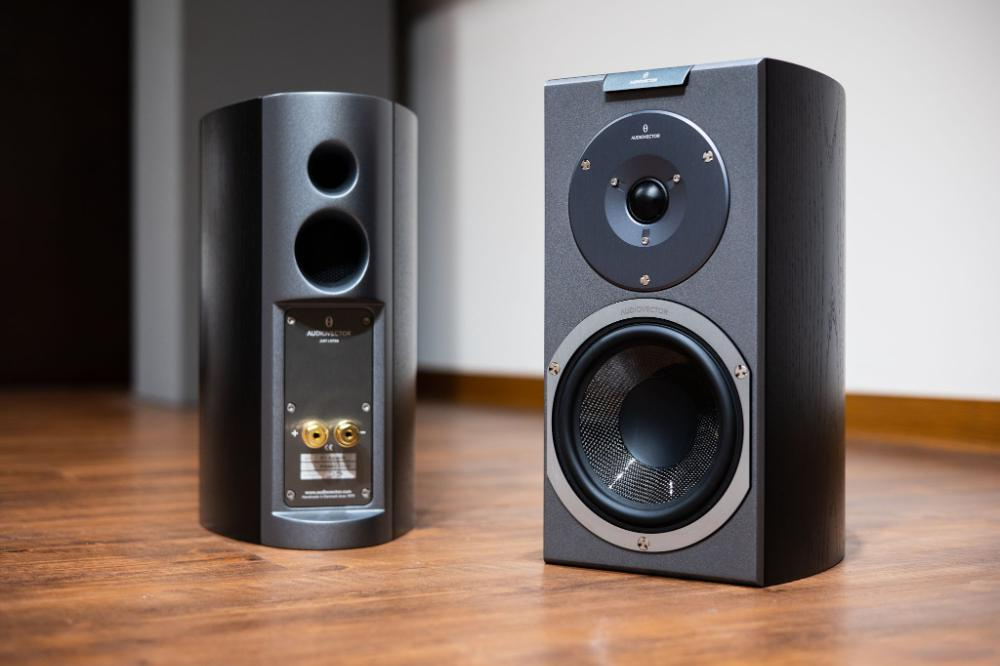
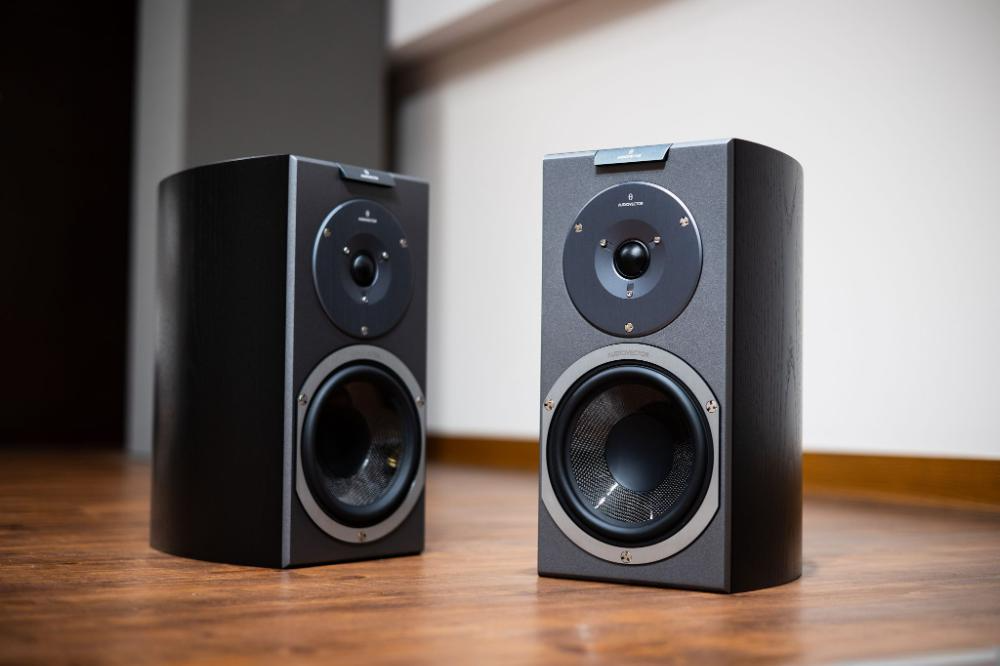
Our evaluation began with the R 1 Signature, paired with the quintessential audiophile recording, Nils Lofgren’s Acoustic Live. Despite their modest physical footprint, the speakers immediately projected a sound of surprising substance and density. From the opening notes, it was clear this was a presentation of genuine caliber. The energy of Lofgren’s guitar playing and the texture of his voice were rendered with invigorating fullness, while the sonic image was exceptionally focused and defined, completely free of any harshness or grain.
The mid-to-high frequencies were delivered with a character that was simultaneously fluid and potent. The complex harmonics of the acoustic guitar, for instance—the interplay of metallic string attack and the resonant warmth of the wooden body—were articulated with thrilling realism. This performance was cast upon a vividly clear and stable soundscape, demonstrating superb resolution and instrumental separation. In essence, the R 1 Signature beautifully showcased the classic virtues of its soft dome tweeter, delivering a naturally extended and musically coherent presentation that was both deeply engaging and effortlessly comfortable to listen to.
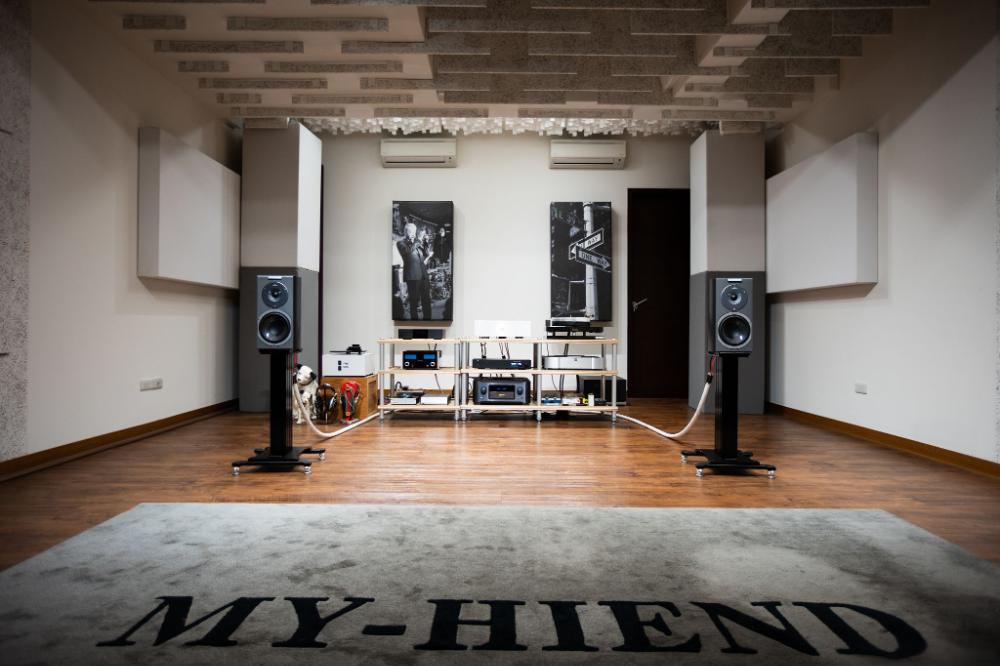
Switching over to the R 1 Arreté, with its advanced AMT tweeter, brought immediate and distinct changes. The penetrating power and incisiveness of the midrange and treble were even more pronounced, delivered with a greater sense of sonic density. A surprising revelation, however, was the enhanced weight and body in the vocal presentation—a richness that surpassed the Signature's and which I hadn’t fully anticipated before making the swap. Replaying the same track confirmed it instantly: the R 1 Arreté demonstrated a clear advantage in its rendering of micro-dynamics and its overall superior density.
And yet, for all these enhancements, their core tonality remained remarkably similar. The family resemblance is unmistakable; the R 1 Signature is already an exceptionally good loudspeaker, and for near-to-mid-field listening, it is arguably all one might need. However, the Arreté's outstanding projective power and authoritative midrange thickness give it the ability to conquer a larger room, filling a more spacious environment with a confident and commanding performance.

To probe the R 1 Arreté's performance further, I turned to a superb recent Deutsche Grammophon release, BEETHOVEN AND BEYOND, featuring the brilliant young Spanish violinist María Dueñas. For this portion of the evaluation, my primary goal was to compare the sound with and without the speaker's special grounding cable engaged. This is a crucial and unique feature of Audiovector's high-end offerings, designed to lower the noise floor and reduce distortion by connecting the speakers to your home's electrical earth via a dedicated cable.
Switching the ground connection in and out multiple times during the listening session, I found its effect to be consistent and meaningful. With the grounding system active, I perceived a more expansive and tranquil sonic background. Against this quieter canvas, the imaging became cleaner and more palpably three-dimensional. The difference was not a dramatic, night-and-day transformation, but it was consistently perceptible and musically significant. The benefits were most apparent when focusing on the overall scale and layering of the musical performance; with the grounding engaged, the soundstage felt larger and its internal structure was more clearly delineated, allowing the subtle interplay of the orchestra to be more easily appreciated.
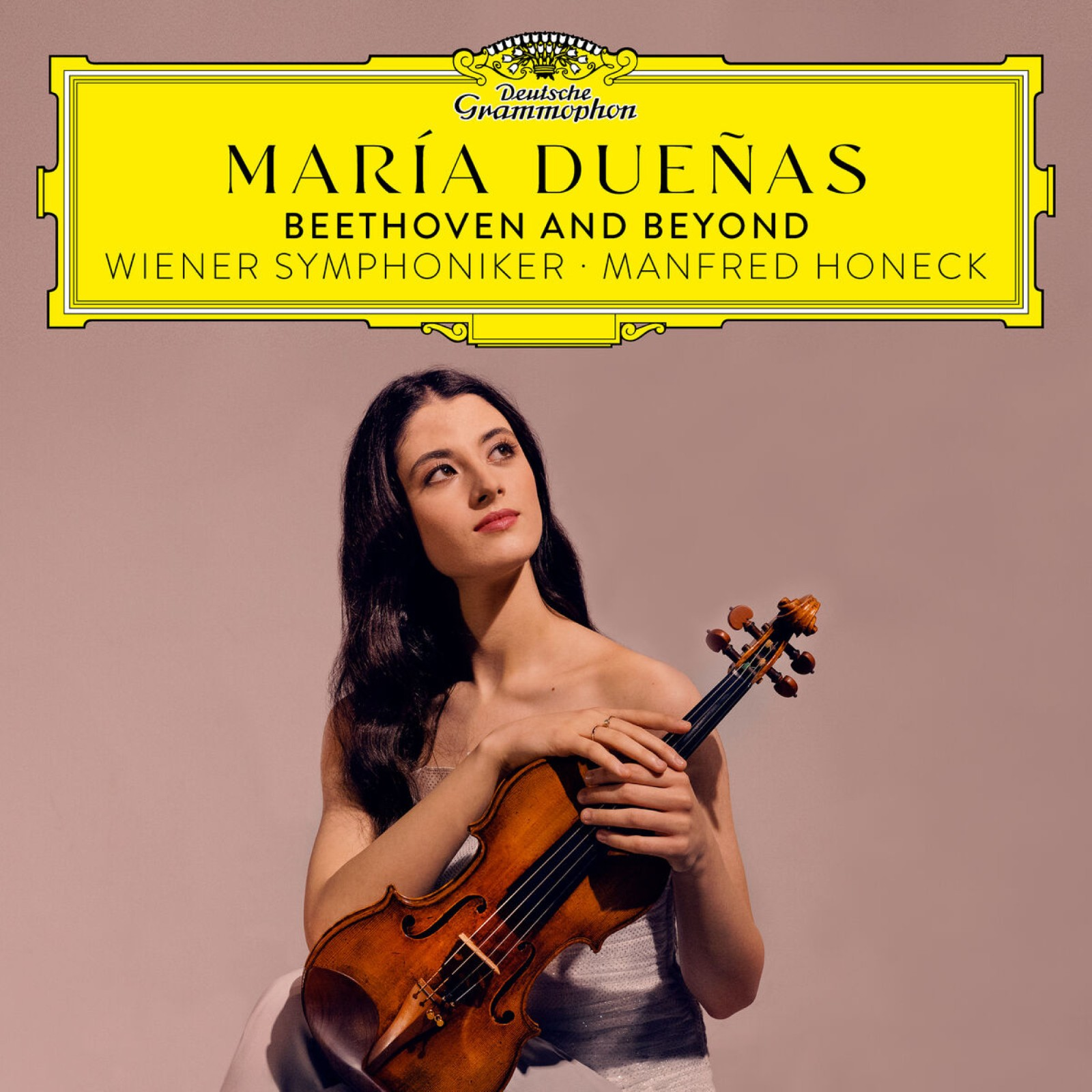
In our evaluation of the Audiovector R 1 Signature and R 1 Arreté, our consistent methodology was to first establish a baseline with the Signature before switching to the Arreté for a comparative perspective. I began with Alicia Paige’s cover of “Somebody That I Used to Know.” Having listened extensively to the original version by Gotye, I was well acquainted with its raw, dramatic tension. While this cover may lack some of that visceral impact, its brilliance lies in a pristine and beautiful vocal performance that is every bit as captivating.
Through the R 1 Signature, this rendition was delivered with all its inherent life and vibrancy intact. What was particularly striking was how even delicately played instruments were presented; though light in the mix, their sonic images were rendered with surprising substance and a tightly defined focus in the soundstage. For a compact bookshelf loudspeaker, the performance was truly beyond reproach.
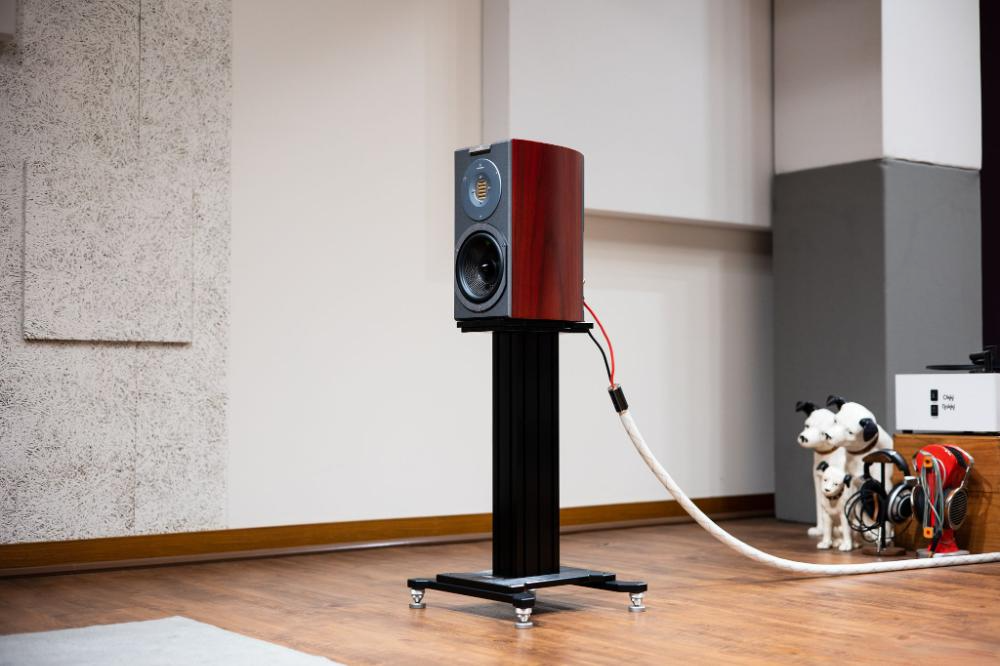

Then, letting the R 1 Arreté take its turn, a fascinating transformation occurred. I could feel that in the many moments of the track that previously possessed a taut, driving force, the Arreté introduced an element of sophisticated grace. This was clearly perceptible in both the vocals and the instrumentation, lending the song a greater sense of contrast and textural richness.
Focusing on the vocals, for instance, the Arreté took what was already a beautiful performance and infused the edges of Paige’s voice with a delicate warmth and sweetness. While the core focus of her voice remained solid and unwavering, the overall presentation gained a measure of elegance and a subtle, polished sheen. The breathy nuances of her delivery became more ethereal and pleasing to the ear.
In the instrumental passages, the notes from the strings seemed to flow with greater coherence. The crisp, distinct articulation heard through the Signature was now complemented by a beautiful sense of legato and fluidity. This reveals the essential difference between the two loudspeakers: they employ different artistic approaches to present the music in a different light, yet both paths lead to an equally valid and profoundly beautiful sonic result.
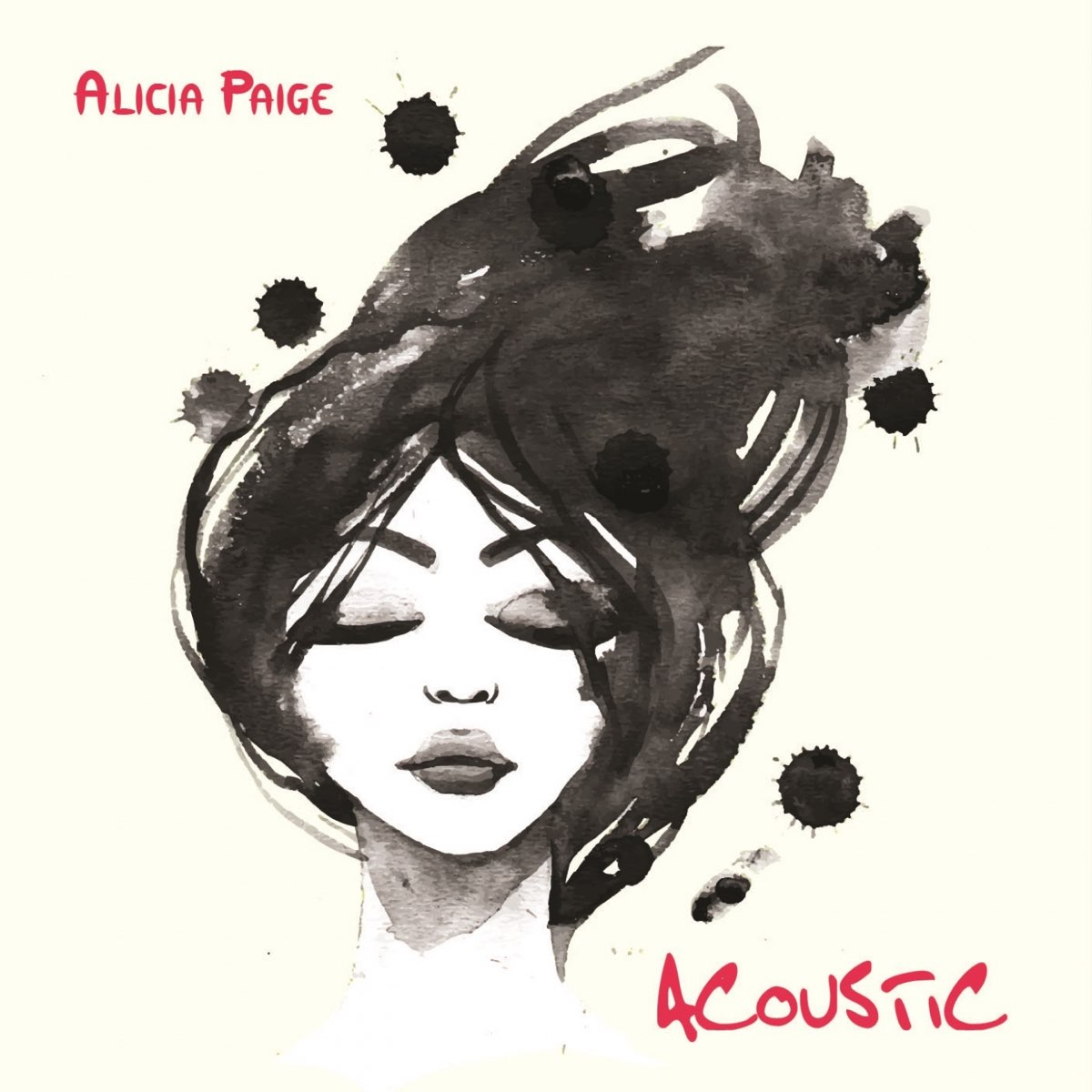
Next, I turned to “Poison & Wine” by The Civil Wars for another reference, once again letting the R 1 Signature lead the charge. From the moment the music began, the instrumental and vocal presentation was nothing short of dazzling. The plucked acoustic guitar strings were rendered with a holographic, dynamic quality; the energetic attack and decay of each note were delivered with thrilling realism, while the air around the strings and the precise spacing between them were resolved with meticulous detail. This was all supported by low frequencies that emerged with a supple, enveloping warmth, providing a steady and articulate foundation in the background.
When the vocals entered, they snapped into the soundstage with exceptional positional focus. Despite the close harmonies, the two voices remained perfectly distinct, never masking one another. The male vocal was powerful and clear in its upper registers, never sounding thin, while the female voice was rich and full-bodied with a true flesh-and-blood presence. In the track’s final, swelling crescendo, as the male and female vocals intertwine with the instruments, the R 1 Signature handled the complexity without a hint of congestion. Instead, the performance blossomed into a rich, harmonious tapestry, each element brilliantly clear yet woven into a stunningly cohesive whole.
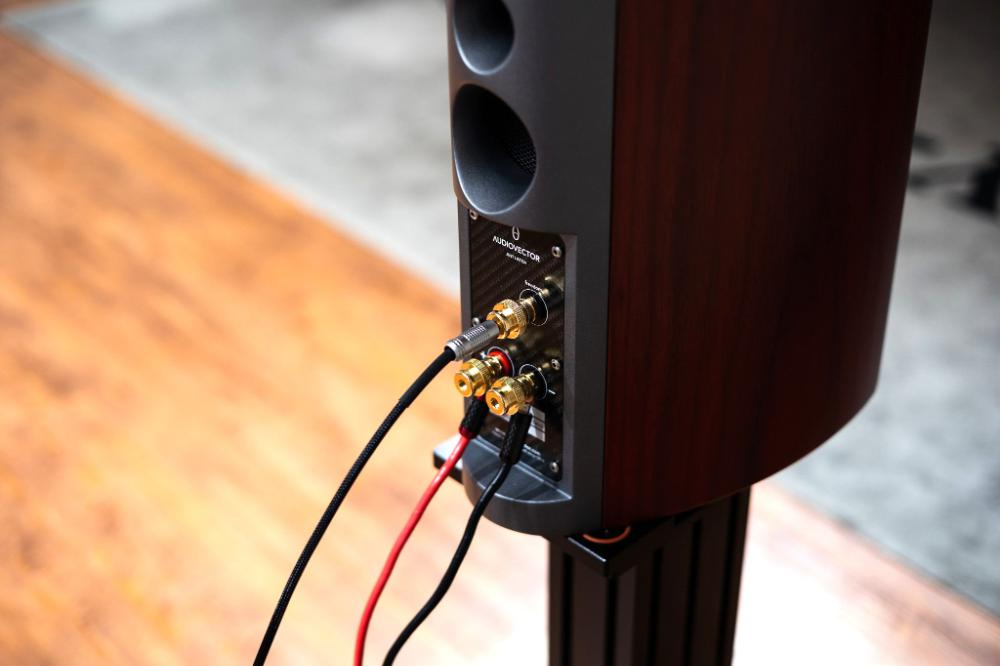
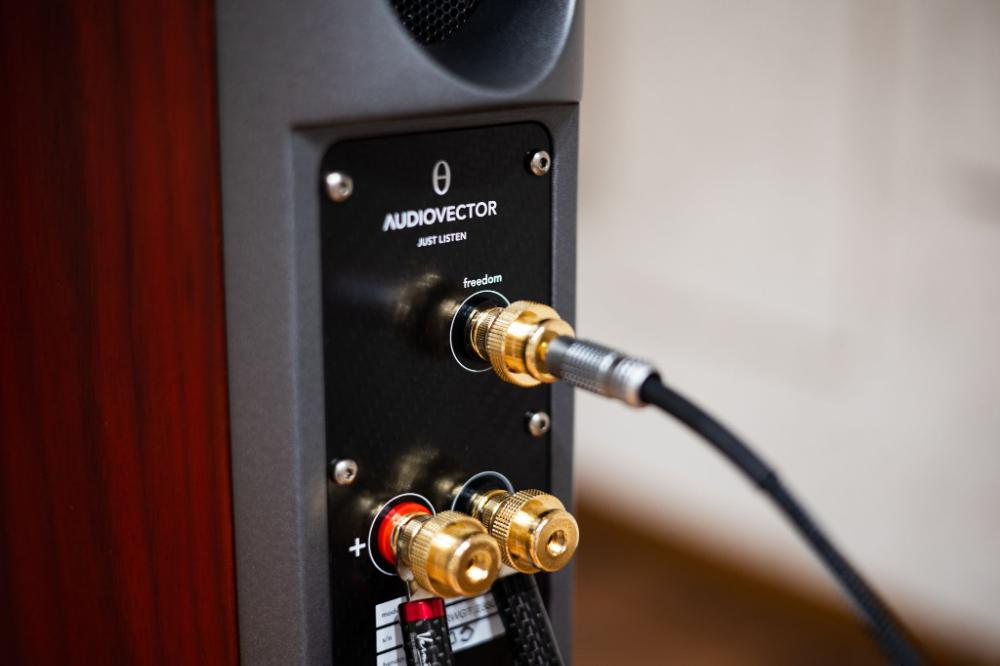 |  |
Switching to the R 1 Arreté for the same reference track, I felt its depiction of the soundstage was more profound, adding dimensionality in both height and, most notably, depth. This was immediately apparent from the opening guitar pluck. What was already a weighty and impactful event on the Signature now seemed to delve even deeper into the acoustic space; the physical motion of fingers on strings felt more deliberate and grounded, carrying a greater sense of force. The low-frequency resonance that bloomed from the instrument spread through the room with enhanced texture and authority, creating a more immersive presentation that forged a visceral connection to the performance.
This enhanced dimensionality was especially obvious with the vocals. The front-to-back separation between the male and female singers became more pronounced, and their dynamic interplay was carved out with even greater precision. During their harmonies, you could perceive the male vocal soaring upwards with effortless freedom while the female line drifted forward in the soundstage, their voices weaving together in an intricate, beautifully rendered dance. The R 1 Arreté took what was already an outstanding performance and elevated it to a truly exceptional level.

For my final reference, I listened to “House of Mercy” by Sarah Jarosz. Through the R 1 Signature, the speaker’s performance in conveying both sonic directionality and atmospheric diffusion was absolutely outstanding. The track begins with a relatively gentle current, but it is punctuated by sudden bursts of instrumentation and instantly impassioned vocals. The Signature handled these shifts like powerful waves cresting on a calm sea; they would erupt with startling immediacy, yet the transition remained utterly seamless. Despite the suddenness, there was an unflappable sense of stability and control in the presentation.
Following these dynamic swells, the intricate string work was rendered with a palpable top-to-bottom dimensionality, creating a soundscape so realistic it was as if I could visualize the orderly array of strings on the instrument. The R 1 Signature recreated the song’s exquisite dynamic landscape with vivid, holographic realism right before my eyes.
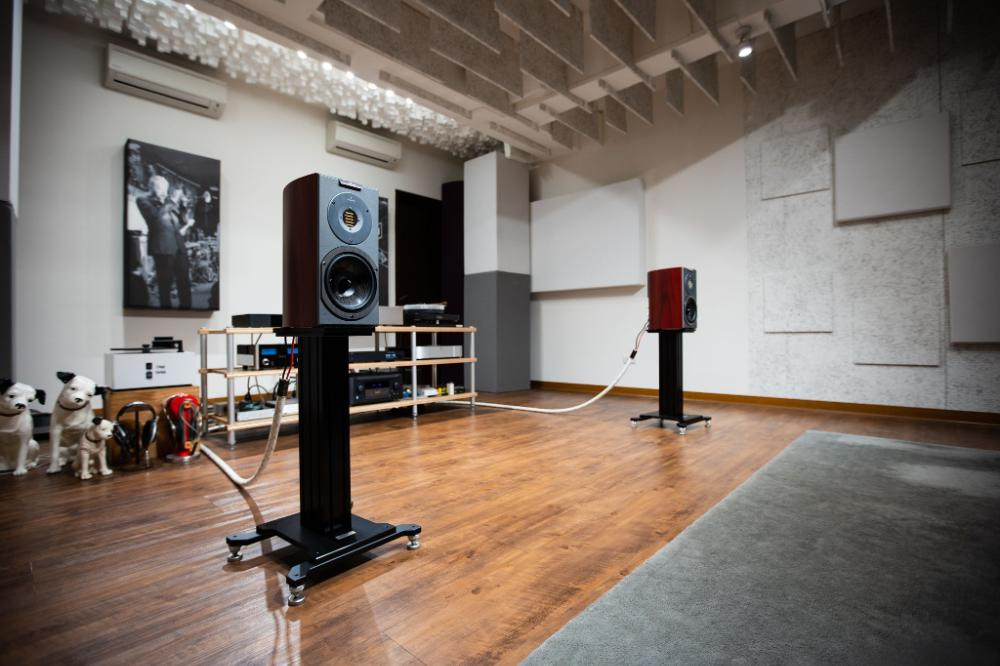
Listening to the same track through the R 1 Arreté, its distinct character came to the fore. On the instrumental front, it conveyed a low-frequency foundation that was both deeper and more substantial. The resonance from the strings seemed to spread with greater breadth and authority, creating a more complete and enveloping sonic field. Vocally, the Arreté added layers of detail at both ends of the dynamic spectrum. The softer passages of Jarosz’s singing took on an almost gossamer-like delicacy, compelling a deeper, more focused listening. Conversely, the more forceful moments gained an extra measure of dynamic thrust and a polished sheen, imbuing the sound with not just greater tension, but also a more radiant energy.
During this final evaluation, I made a point to once again compare the sound of the R 1 Arreté with and without its Freedom grounding cable connected. Personally, I found that without the grounding, the leading edges of notes had a certain liquid, glistening quality. With the grounding engaged, both instruments and vocals gained a measure of tonal density and substance.
It is difficult to declare one presentation as definitively superior; they are simply different flavors of excellence. For this reason, I can only offer my strongest possible advice: seek out an audition and experience this remarkable loudspeaker for yourself. Only then can you choose the voice that speaks most directly to you.


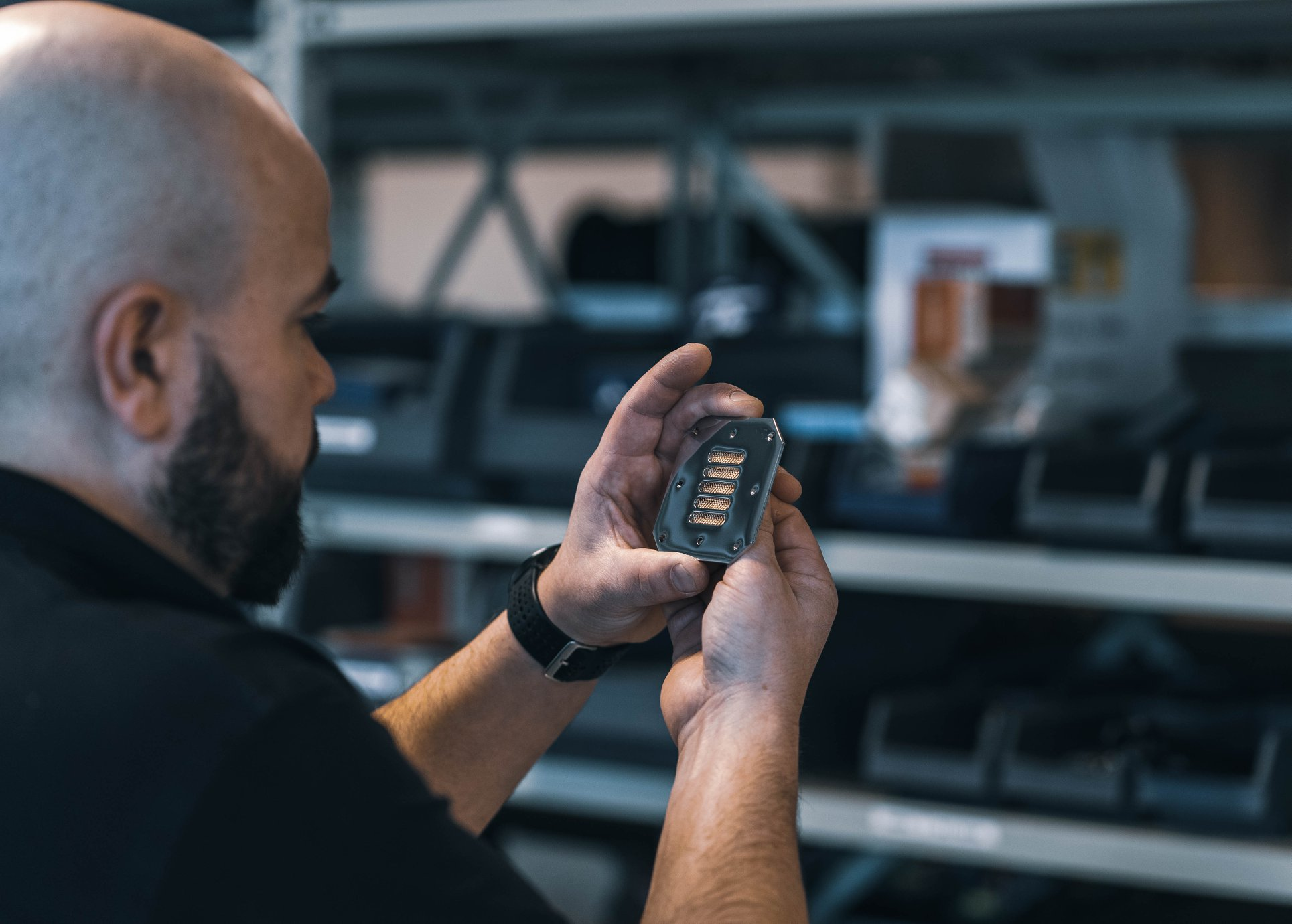
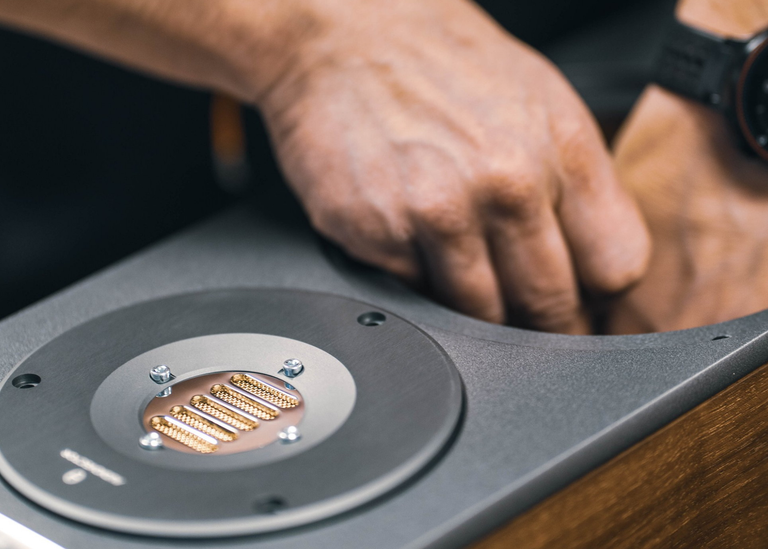
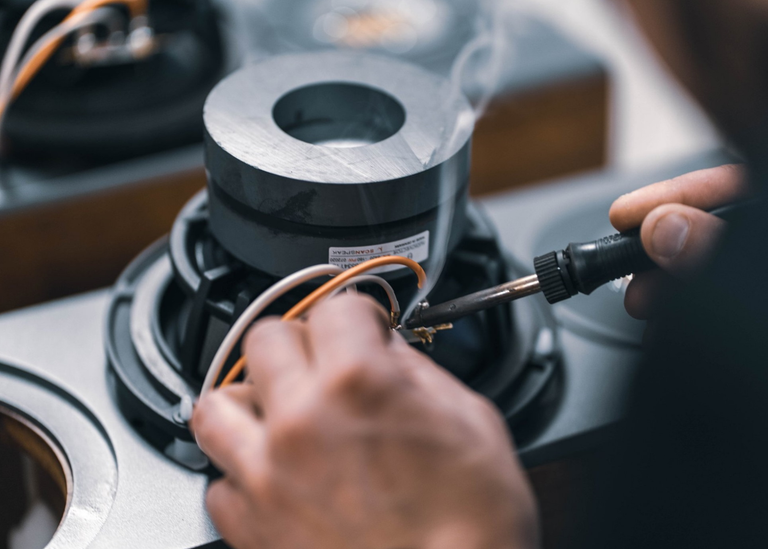
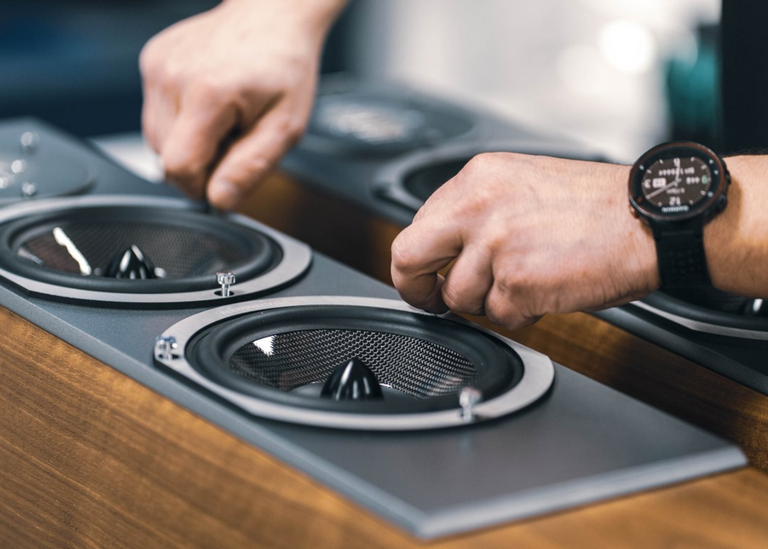
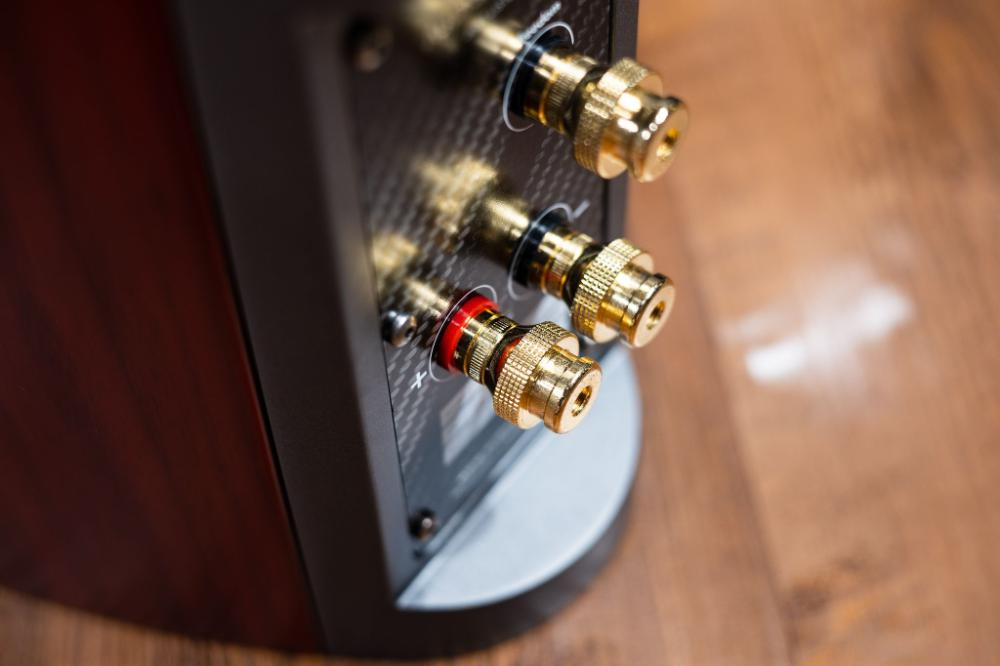
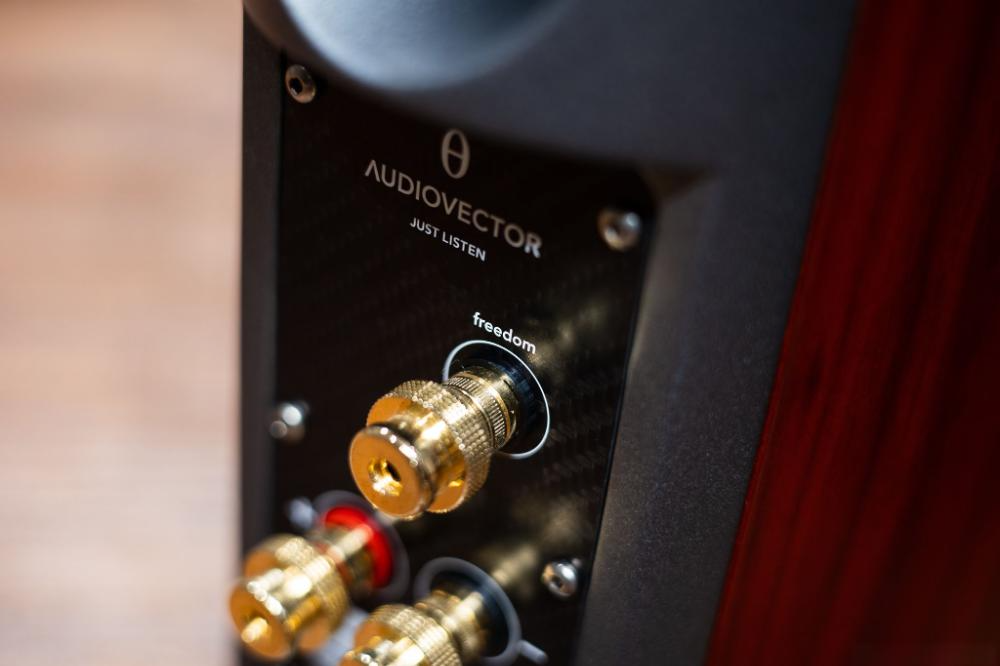
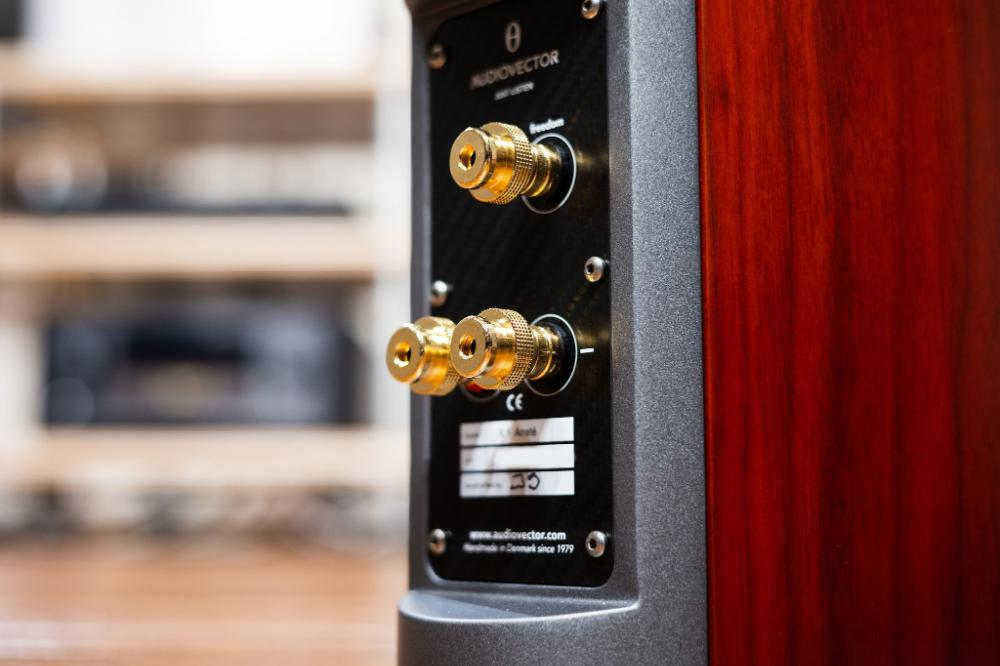
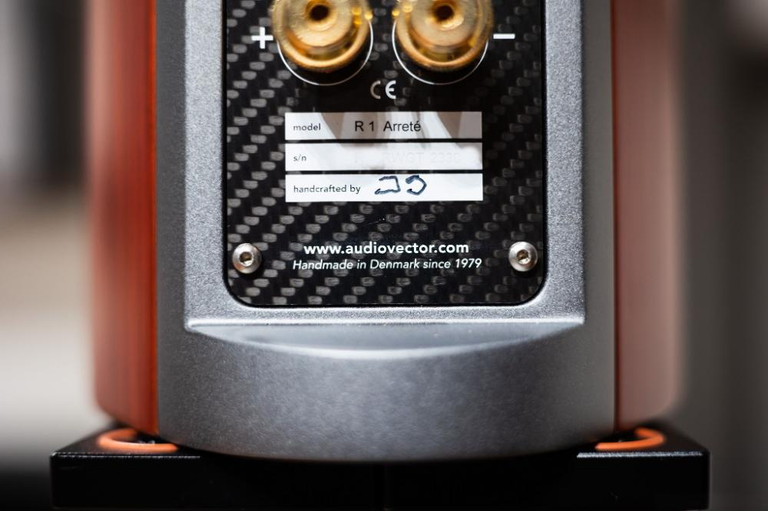
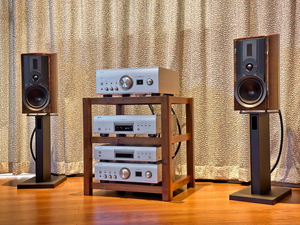
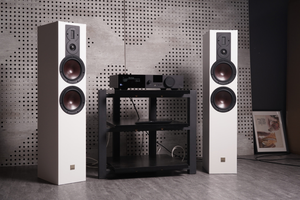
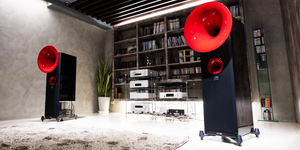
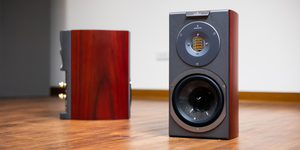
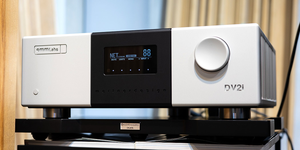
Comments